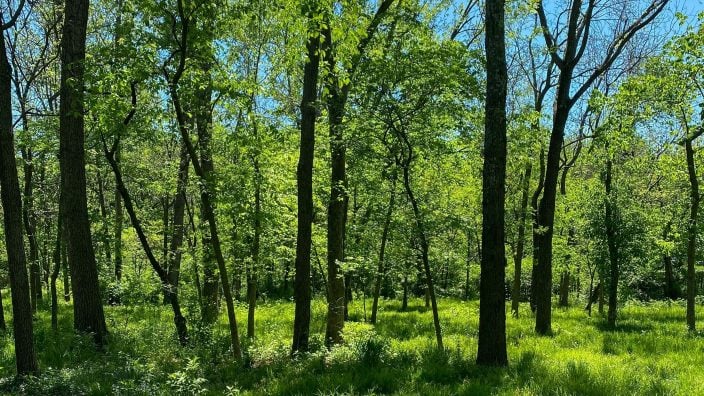Legal with Leah: A Drone Policy Update
Learn what the requirements are to legally fly a drone in Ohio as well as steps the Ohio Legislature has taken in terms of security concerns.
Read MoreAfter years of advocacy from Ohio Farm Bureau and its partners, the Ohio Department of Taxation announced that it will address inaccurate woodland calculations in the Current Agricultural Use Value program. As Ohio Farm Bureau Policy Counsel Leah Curtis notes in this Legal with Leah, these changes should result in significant tax savings for many woodland owners.
Listen to Legal with Leah, a podcast featuring Ohio Farm Bureau’s Policy Counsel Leah Curtis discussing topics impacting farmers and landowners.
Ty Higgins [00:00:00] This is Legal with Leah. I’m Ty Higgins. After years of advocacy from Ohio Farm Bureau and its partners, the Ohio Department of Taxation announced it will address inaccurate woodland calculations in the Current Agricultural Use Value program. These changes should result in significant tax savings for many woodland owners. To talk more about it, we bring in policy counsel for Ohio Farm Bureau, Leah Curtis.
Leah Curtis [00:00:25] So the Woodland CAUV values are calculated by taking the soil’s cropland value and then deducting what are called cost of conversion. And one of those costs is for clearing. And so the CAUV calculation (if you attended our webinar you want to check it out when we walk through it) it values using cropland information. So to get to a woodland value, the calculation then deducts that hypothetical investment you would have to make to clear so that that land could be used for cropland. So we’re not trying to make people clear woodland. We’re just doing it for math purposes. So all soils get the clearing deduction. And then soils that are poorly drained, somewhat poorly drained or very poorly drained also get a tile drainage deduction. And there’s a small group of soils that are frequently flooded soils. They get a surface drainage deduction as well.
Ty Higgins [00:01:17] Like everything in the calculation, these numbers are supposed to be based on data, but there has been some issues with that in the past.
Leah Curtis [00:01:24] So we began advocating back in 2014 about these costs of conversion. And so in 2014, many people remember that’s when we were advocating for a number of CAUV reforms, and that being one of them. The woodland deductions had not been updated for a number of years. And so with that advocacy, in 2016, the department did update the cost of conversion for the first time in a very long time. But, the clearing cost remained low, in our opinion. And based on the data that the Forestry Association had collected, and we continue to advocate that that should be updated further as well as we needed to continue to update these numbers. We update everything else in the formula every single year. So these clearing cost and drainage cost information should also be updated regularly. For the drainage cost, the department was using information from the cost surveys done by the Ohio State University, but they have had lower survey participation in recent years. And so they have been using the 2020 information since that year because they haven’t had enough survey responses.
Ty Higgins [00:02:29] This advocacy has been in the works now for over 10 years, and all that hard work now resulted in a big change for those deductions.
Leah Curtis [00:02:37] Yes, we were very pleased to hear from the tax department this year in the public hearing for the CAUV values that they will be updating all of those deductions based on data and recent inflation information. So the Ohio Forestry Association has done a lot of legwork gathering that clearing cost data. And the department is going to use that as well as inflation information to increase the clearing cost from $1,000 deduction to over $4,000 per acre for deduction. The drainage costs again, are going to be still based on that 2020 data from OSU, but they are using inflation information to update it to this year. And that for example, for tile drainage, has moved the number from $890 per acre to over $1,000 per acre.
Ty Higgins [00:03:21] So this is a big win for Ohio Farm Bureau and our members. All the work we’ve done to this point. But practically speaking, what does this mean?
Leah Curtis [00:03:31] So with these new increased deductions, it’s likely that most woodland values are going to be calculated at that minimum value of $230 per acre for tax purposes. Because of our advocacy and all of that legwork particularly done by the Ohio Forestry Association, this should help reduce those values on woodland, particularly in areas of high productivity soil. I do want to note that some woodland soils were already at the minimum value, so if you were in that situation, this will not change for you. But for a lot of our woodland values, they are now going to be down at or near that minimum value mark across the state.
Ty Higgins [00:04:06] And just like the conservation valuation we’ve talked about in the past, even though this is nice, this is not about reducing values.
Leah Curtis [00:04:14] Yeah, it’s certainly nice to always have that lower tax bill. But we also want to make sure that CAUV values are as accurate as they can be. And we don’t want CAUV values to prevent someone from doing something or cause them to do something just because of the taxes. So we don’t want CAUV value to prevent someone from installing a conservation practice on their property. And we don’t want them to be clearing woodland because of high woodland values that make more sense on the balance sheet to have it in cropland than woodland.
Ty Higgins [00:04:43] All right. Before we go. We do want to clarify, this goes into effect with the 2024 revaluations. Can you explain a little bit more about that?
Leah Curtis [00:04:52] As most people know, their CAUV value gets updated every three years. So this is going to go into effect with the 2024 revaluation counties that are going to see new tax bills in 2025. Unfortunately, if you are on reappraisal last year or if you’re on reappraisal next year, you will wait until that next revaluation to see these changes on your CAUV values. So it does take some time. You know, frankly, the law requires us to do that three-year cycle. And so that’s how people will eventually see this impact their individual tax bills.
Ty Higgins [00:05:23] It was quite a process over a decade. But hard work paid off for Ohio Farm Bureau and our members with CAUV woodland values. Leah Curtis, policy counsel for Ohio Farm Bureau for this Legal with Leah. Thanks for all the info.
Photo by Jill Burrow, pexels.com
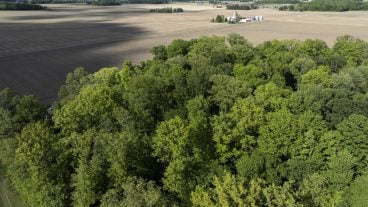

Learn what the requirements are to legally fly a drone in Ohio as well as steps the Ohio Legislature has taken in terms of security concerns.
Read More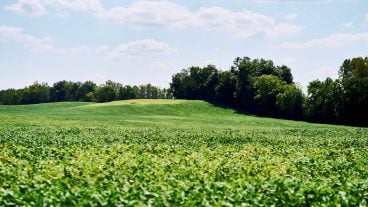
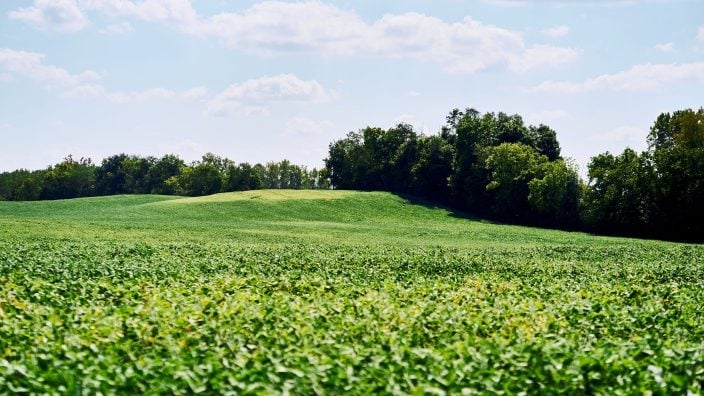
In 2025, about 21 counties are going through a reappraisal or update, and because Ohioans pay taxes one year behind, they will see new property tax bills in January 2026.
Read More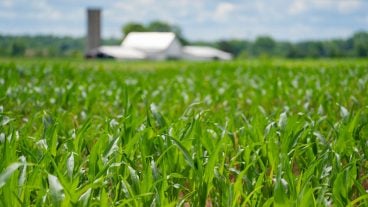
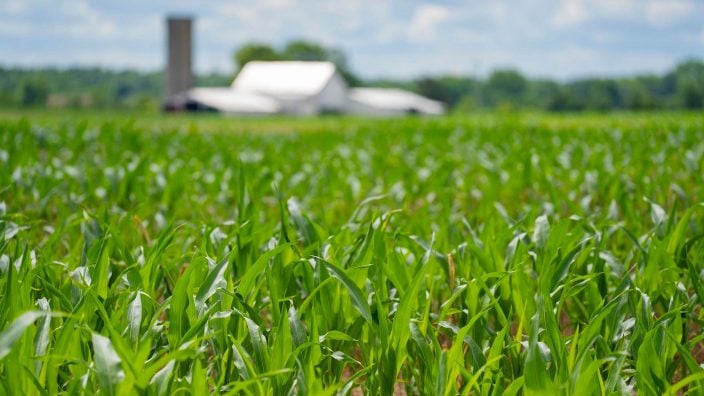
Any unlicensed handlers who use restricted use pesticides will need to have additional training. Farm Bureau will be working on legislation to give employers a choice on how to provide training.
Read More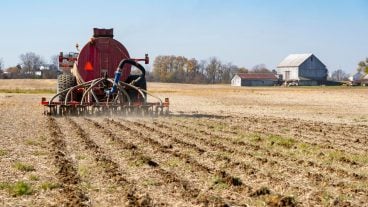
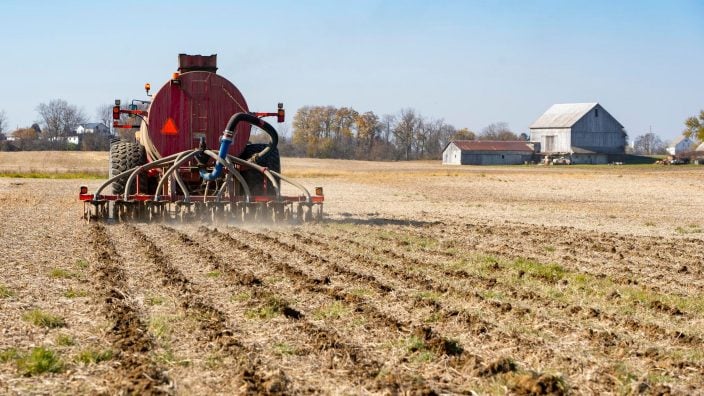
Current Agricultural Use Value is often discussed as a farmland preservation tool, but there are some other tools in the law that landowners can consider.
Read More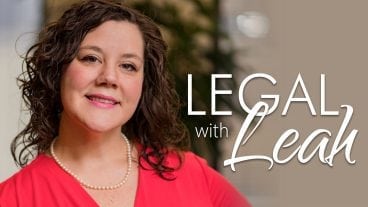
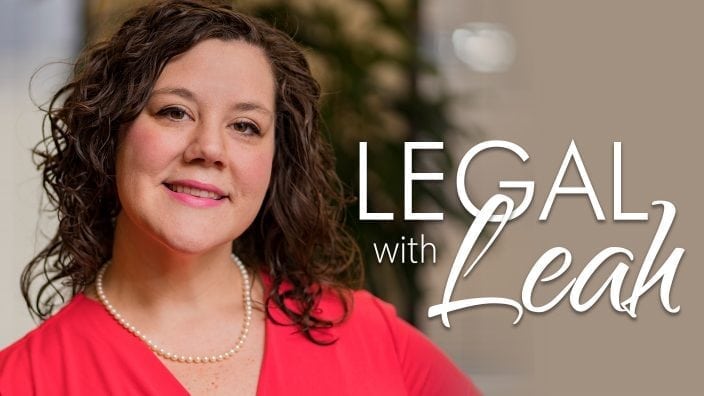
Update: As of Feb. 27, 2025, the Financial Crimes Enforcement Network announced no fines, penalties or enforcement action will be taken against companies based on failure to file or update BOI by March 21.
Read More

Update: As of Feb. 27, 2025, the Financial Crimes Enforcement Network announced they would not issue any fines or penalties or take enforcement action against companies based on failure to file or update beneficial ownership information reports by the March 21, 2025, deadline.
Read More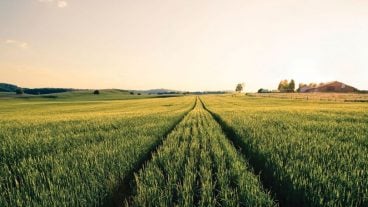

Update: As of Feb. 27, 2025, the Financial Crimes Enforcement Network announced they would not issue any fines or penalties or take enforcement action against companies based on failure to file or update beneficial ownership information reports by the March 21, 2025, deadline.
Read More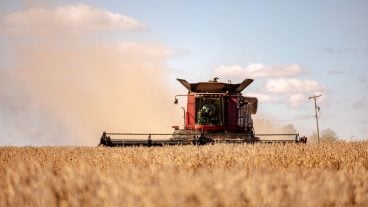
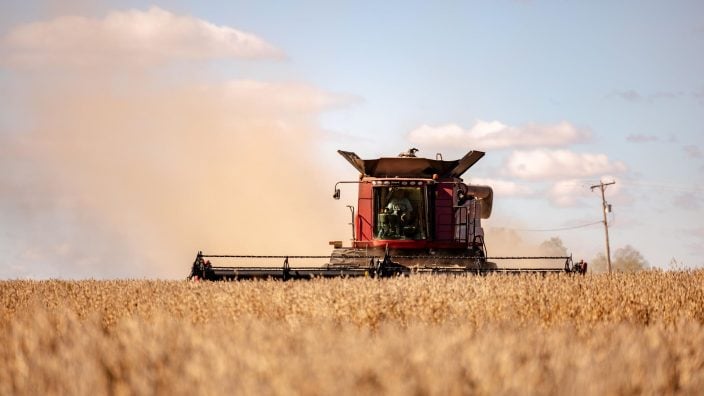
Update: As of Feb. 27, 2025, the Financial Crimes Enforcement Network announced they would not issue any fines or penalties or take enforcement action against companies based on failure to file or update beneficial ownership information reports by the March 21, 2025, deadline.
Read More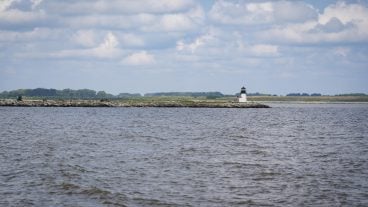
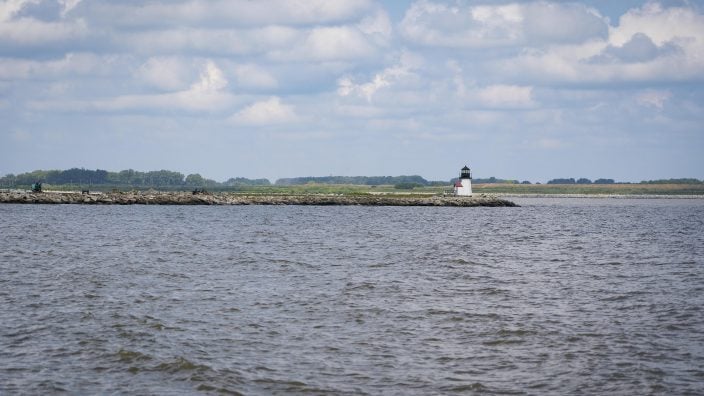
A group of 11 ag coalition partners, including Ohio Farm Bureau, has its own counsel and will be advocating, accurately representing agriculture and what is actually happening in Ohio in terms of water quality.
Read More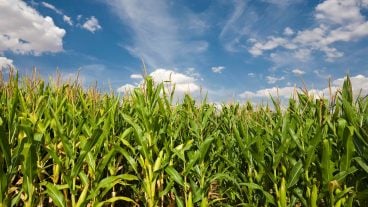
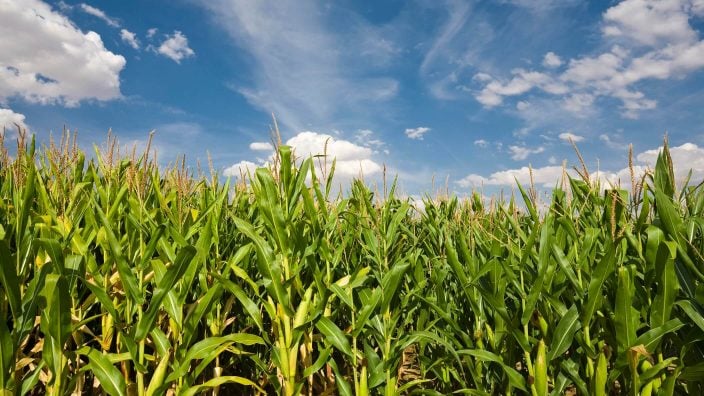
An upward trend in CAUV values and significant increases in soil values for 2024 apply only to counties that are being reappraised or updated in 2024.
Read More